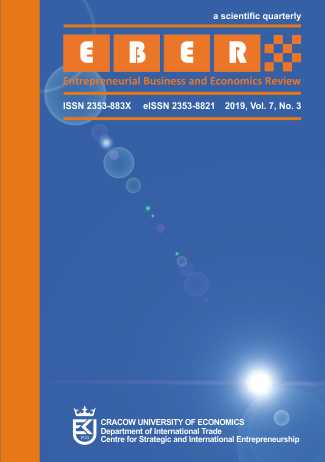Digital Marketing Communication from the Perspective of Individual Consumers: A Cross-Country Comparison

Abstract
Objective: The main objective of this article is to identify social media (SM) usage in communication between individual consumers and producers in different countries. The considerations in the article are focused on consumers’ perspective.
Research Design & Methods: The article takes a deductive approach and the aim is to answer two research questions: For what purpose do consumers communicate with companies via SM? Does the frequency of using the most popular SM in the researched countries influence the range of using them in marketing communication? Three research techniques were used in the exploratory empirical study: FGI (pilot study), PAPI and CAWI (main study). The analysis is based on both literature studies and empirical data, collected in several countries (China, Poland, Turkey, the United States).
Findings: Results of the exploratory study showed that consumers from the researched countries communicate via SM with producers for different purposes. Some of them look for discounts and information about a product or brand, whilst others also take into account adverts presented by companies on SM, as well as information about company events.
Implications & Recommendations: As a result, the findings can be utilised by numerous different groups of stakeholders (such as companies and institutions), in particular companies using SM for marketing communication in foreign markets. The results showed the way of using social media by consumers and that is why they can be advice for producers how to use them in the communication with their customers.
Contribution & Value Added: The content of the article is significant, up to date, and original due to the fact that it focuses on current marketing communication issues.
Keywords
communication, social media, consumers, cross-cultural comparison